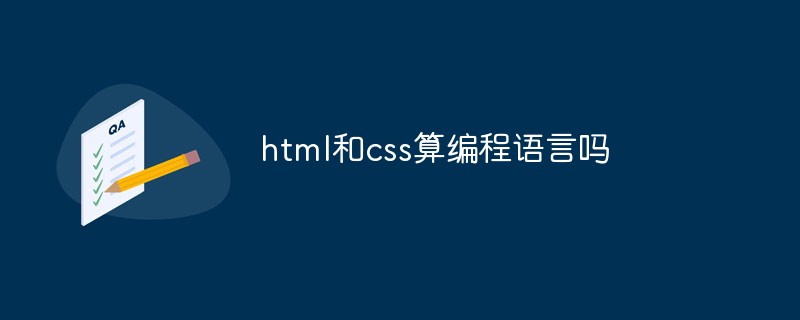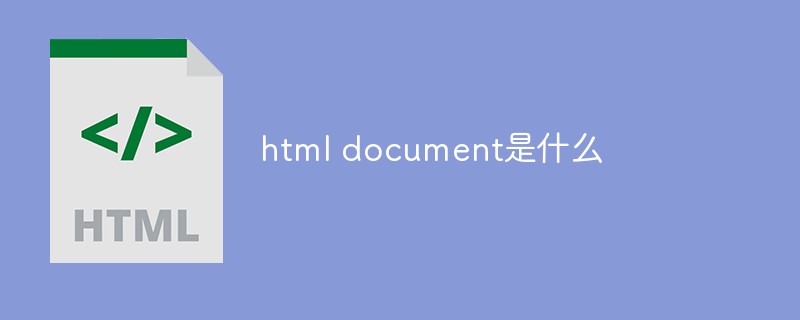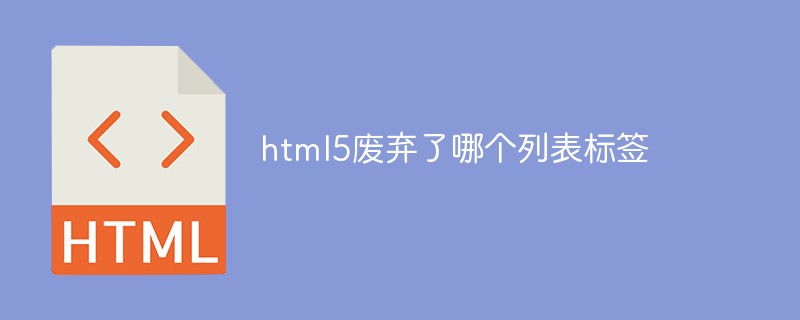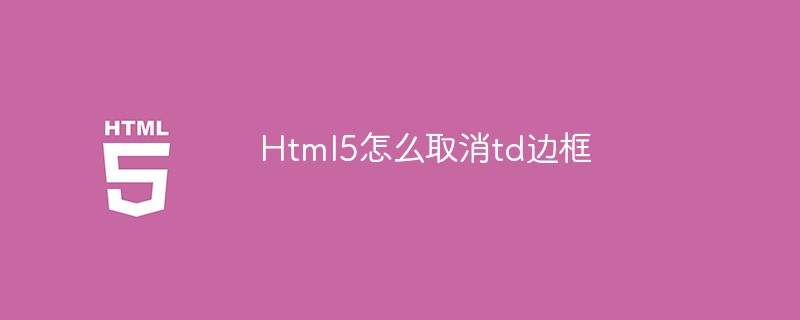In HTML, item means the node located at the specified index in the node list, and the syntax format is "document.element object.childNodes.item(value)". Nodes are ordered in the order they appear in the source code, and the index of the node list starts with 0.

The operating environment of this tutorial: Windows 7 system, CSS3&&HTML5 version, Dell G3 computer.
I never knew that javascript has a function similar to eq() in jQ. It turns out that the item() of native javascript has similar functions:
Since it is native javascript, I will first learn about children and childNodes. Difference:
1, childNodes: It is a standard attribute, which returns a collection of child elements of the specified element, including HTML nodes, all attributes, and text nodes. You can determine which type of node it is by nodeType. Only when nodeType==1 is the element node, 2 is the attribute node, and 3 is the text node.
2, children: non-standard attribute, which returns the set of child elements of the specified element. But it only returns HTML nodes, not even text nodes. Although it is not a standard DOM attribute, it is supported by almost all browsers like the innerHTML method.
Example
Return the first child node of the element:
document.body.childNodes.item(0);
Test code: w3c address to test
<!DOCTYPE html>
<html>
<body>
<p id="p1">
<p class="demo">点击按钮来获得 body 元素0个子节点的名称。</p>
<p class="demo">点击按钮来获得 body 元素1个子节点的名称。</p>
<p class="demo">点击按钮来获得 body 元素2个子节点的名称。</p>
<p class="demo">点击按钮来获得 body 元素3个子节点的名称。</p>
</p>
<p id="demo"></p>
<button onclick="myFunction()">试一下</button>
<script>
function myFunction()
{
var x = document.getElementById("demo");
var p1 = document.getElementById("p1");
x.innerHTML = p1.childNodes.item(3).nodeName;
//x.innerHTML = p1.children.item(1).nodeName; //children得到的是元素节点
}
</script>
</body>
</html>The following explains the usage of item() :
Definition and usage
item() method The node at the specified index in the node list.
The following two syntaxes produce the same result:
document.body.childNodes.item(0); document.body.childNodes[0];

Recommended learning: html video tutorial
The above is the detailed content of What does item mean in html?. For more information, please follow other related articles on the PHP Chinese website!
 HTML超文本标记语言--超在那里?(文档分析)Aug 02, 2022 pm 06:04 PM
HTML超文本标记语言--超在那里?(文档分析)Aug 02, 2022 pm 06:04 PM本篇文章带大家了解一下HTML(超文本标记语言),介绍一下HTML的本质,HTML文档的结构、HTML文档的基本标签和图像标签、列表、表格标签、媒体元素、表单,希望对大家有所帮助!
 html和css算编程语言吗Sep 21, 2022 pm 04:09 PM
html和css算编程语言吗Sep 21, 2022 pm 04:09 PM不算。html是一种用来告知浏览器如何组织页面的标记语言,而CSS是一种用来表现HTML或XML等文件样式的样式设计语言;html和css不具备很强的逻辑性和流程控制功能,缺乏灵活性,且html和css不能按照人类的设计对一件工作进行重复的循环,直至得到让人类满意的答案。
 web前端笔试题库之HTML篇Apr 21, 2022 am 11:56 AM
web前端笔试题库之HTML篇Apr 21, 2022 am 11:56 AM总结了一些web前端面试(笔试)题分享给大家,本篇文章就先给大家分享HTML部分的笔试题(附答案),大家可以自己做做,看看能答对几个!
 HTML5中画布标签是什么May 18, 2022 pm 04:55 PM
HTML5中画布标签是什么May 18, 2022 pm 04:55 PMHTML5中画布标签是“<canvas>”。canvas标签用于图形的绘制,它只是一个矩形的图形容器,绘制图形必须通过脚本(通常是JavaScript)来完成;开发者可利用多种js方法来在canvas中绘制路径、盒、圆、字符以及添加图像等。
 html中document是什么Jun 17, 2022 pm 04:18 PM
html中document是什么Jun 17, 2022 pm 04:18 PM在html中,document是文档对象的意思,代表浏览器窗口的文档;document对象是window对象的子对象,所以可通过“window.document”属性对其进行访问,每个载入浏览器的HTML文档都会成为Document对象。
 html5废弃了哪个列表标签Jun 01, 2022 pm 06:32 PM
html5废弃了哪个列表标签Jun 01, 2022 pm 06:32 PMhtml5废弃了dir列表标签。dir标签被用来定义目录列表,一般和li标签配合使用,在dir标签对中通过li标签来设置列表项,语法“<dir><li>列表项值</li>...</dir>”。HTML5已经不支持dir,可使用ul标签取代。
 Html5怎么取消td边框May 18, 2022 pm 06:57 PM
Html5怎么取消td边框May 18, 2022 pm 06:57 PM3种取消方法:1、给td元素添加“border:none”无边框样式即可,语法“td{border:none}”。2、给td元素添加“border:0”样式,语法“td{border:0;}”,将td边框的宽度设置为0即可。3、给td元素添加“border:transparent”样式,语法“td{border:transparent;}”,将td边框的颜色设置为透明即可。


Hot AI Tools

Undresser.AI Undress
AI-powered app for creating realistic nude photos

AI Clothes Remover
Online AI tool for removing clothes from photos.

Undress AI Tool
Undress images for free

Clothoff.io
AI clothes remover

AI Hentai Generator
Generate AI Hentai for free.

Hot Article

Hot Tools

Atom editor mac version download
The most popular open source editor

VSCode Windows 64-bit Download
A free and powerful IDE editor launched by Microsoft

MinGW - Minimalist GNU for Windows
This project is in the process of being migrated to osdn.net/projects/mingw, you can continue to follow us there. MinGW: A native Windows port of the GNU Compiler Collection (GCC), freely distributable import libraries and header files for building native Windows applications; includes extensions to the MSVC runtime to support C99 functionality. All MinGW software can run on 64-bit Windows platforms.

SublimeText3 Linux new version
SublimeText3 Linux latest version

mPDF
mPDF is a PHP library that can generate PDF files from UTF-8 encoded HTML. The original author, Ian Back, wrote mPDF to output PDF files "on the fly" from his website and handle different languages. It is slower than original scripts like HTML2FPDF and produces larger files when using Unicode fonts, but supports CSS styles etc. and has a lot of enhancements. Supports almost all languages, including RTL (Arabic and Hebrew) and CJK (Chinese, Japanese and Korean). Supports nested block-level elements (such as P, DIV),








